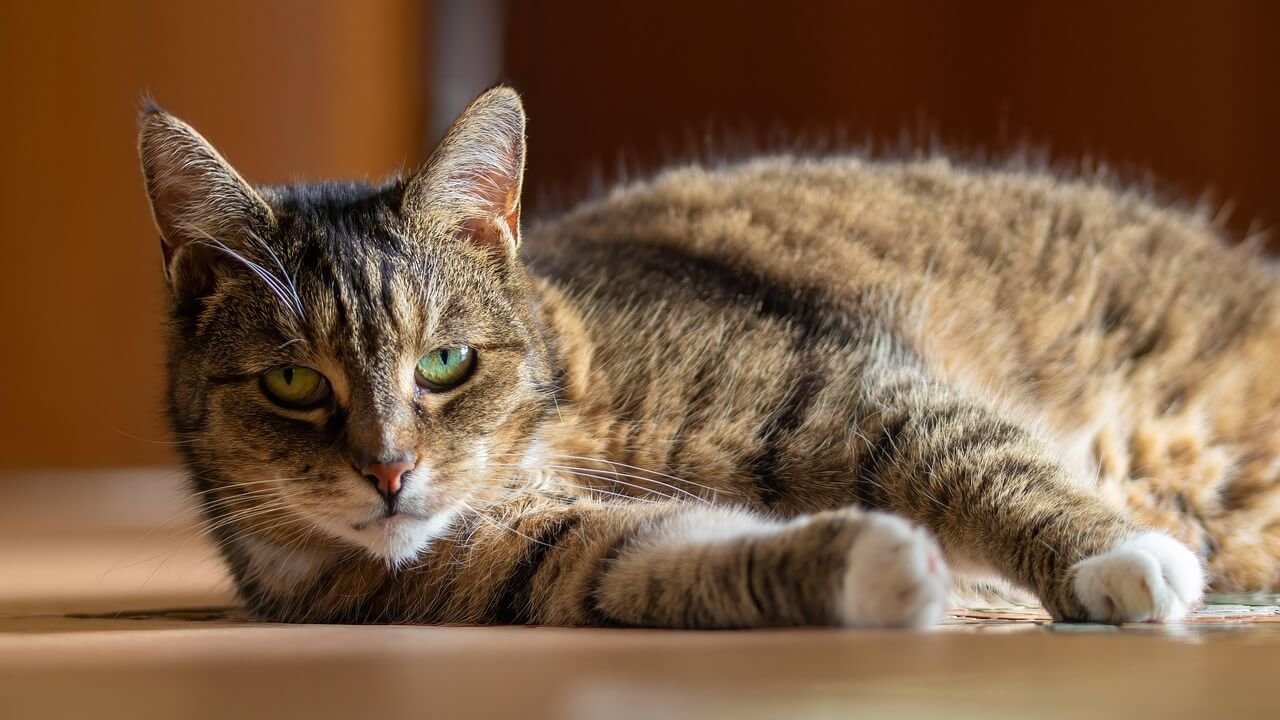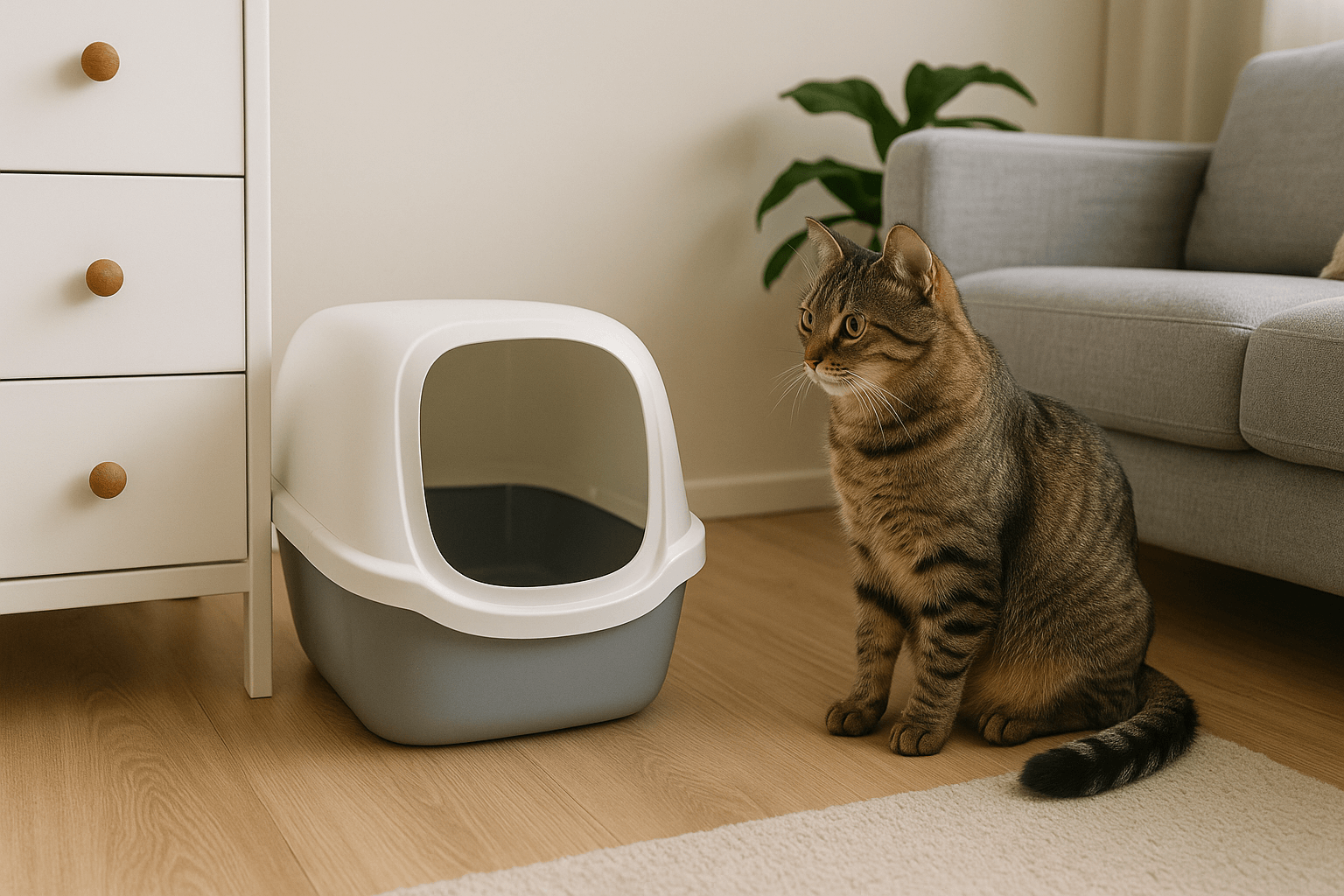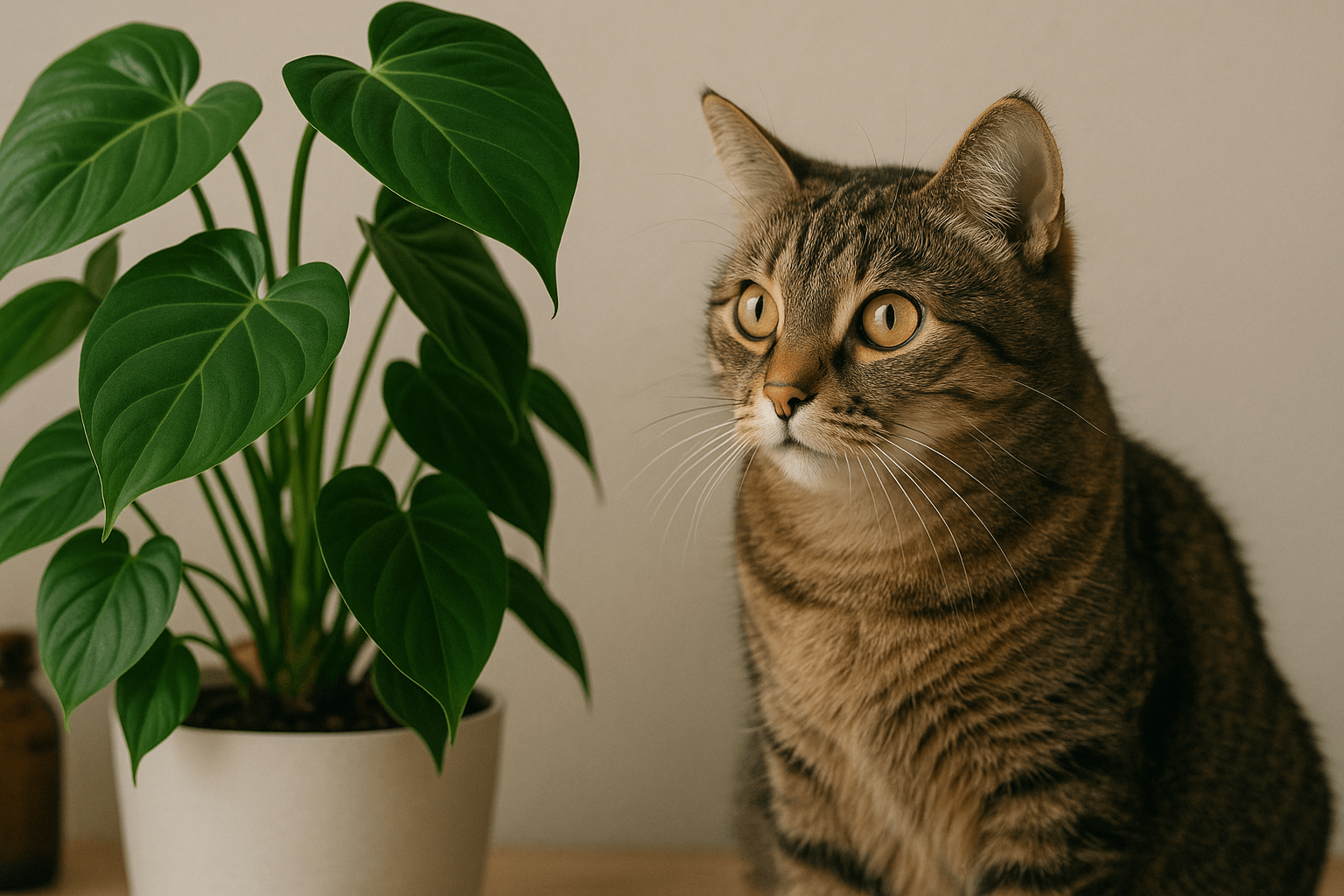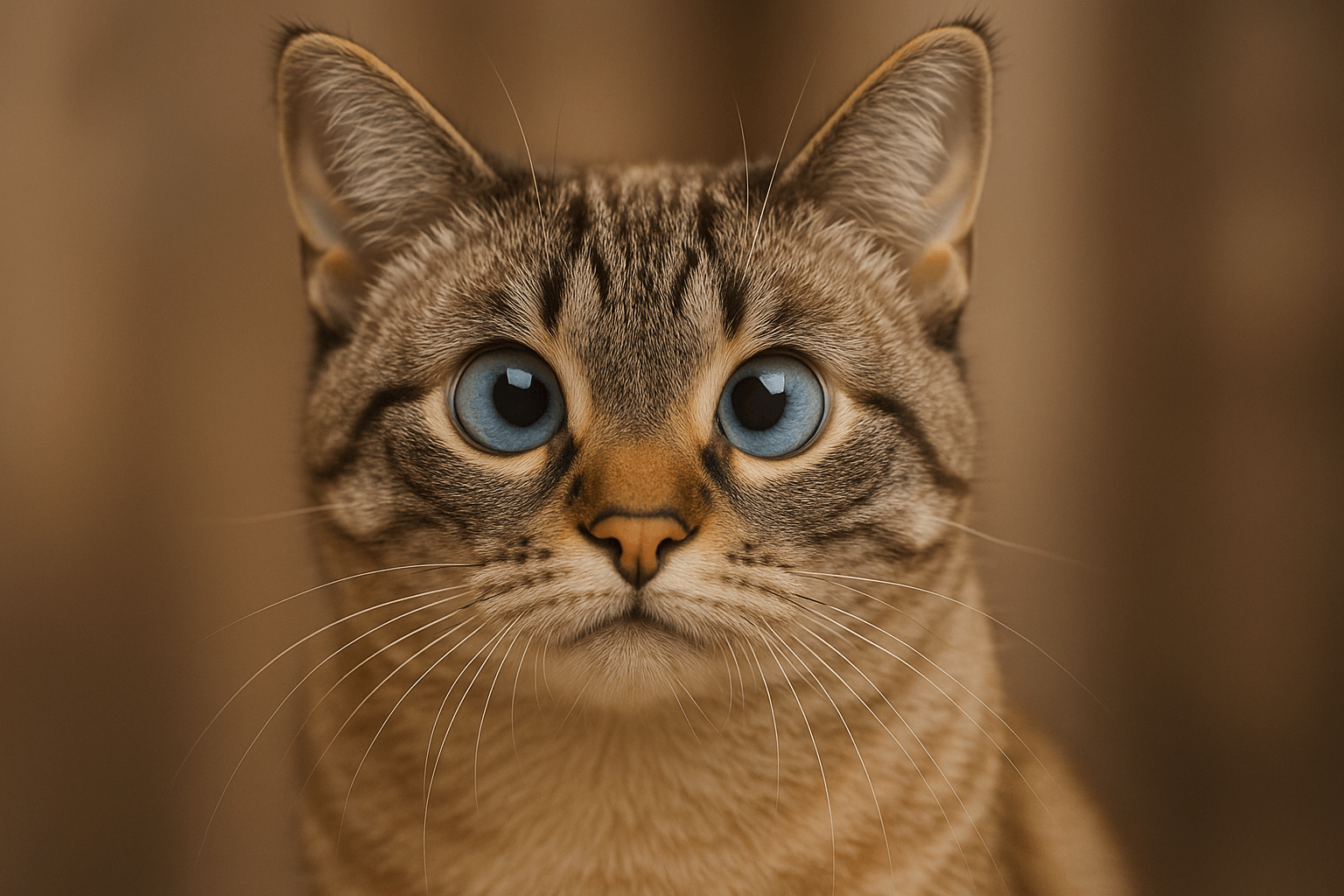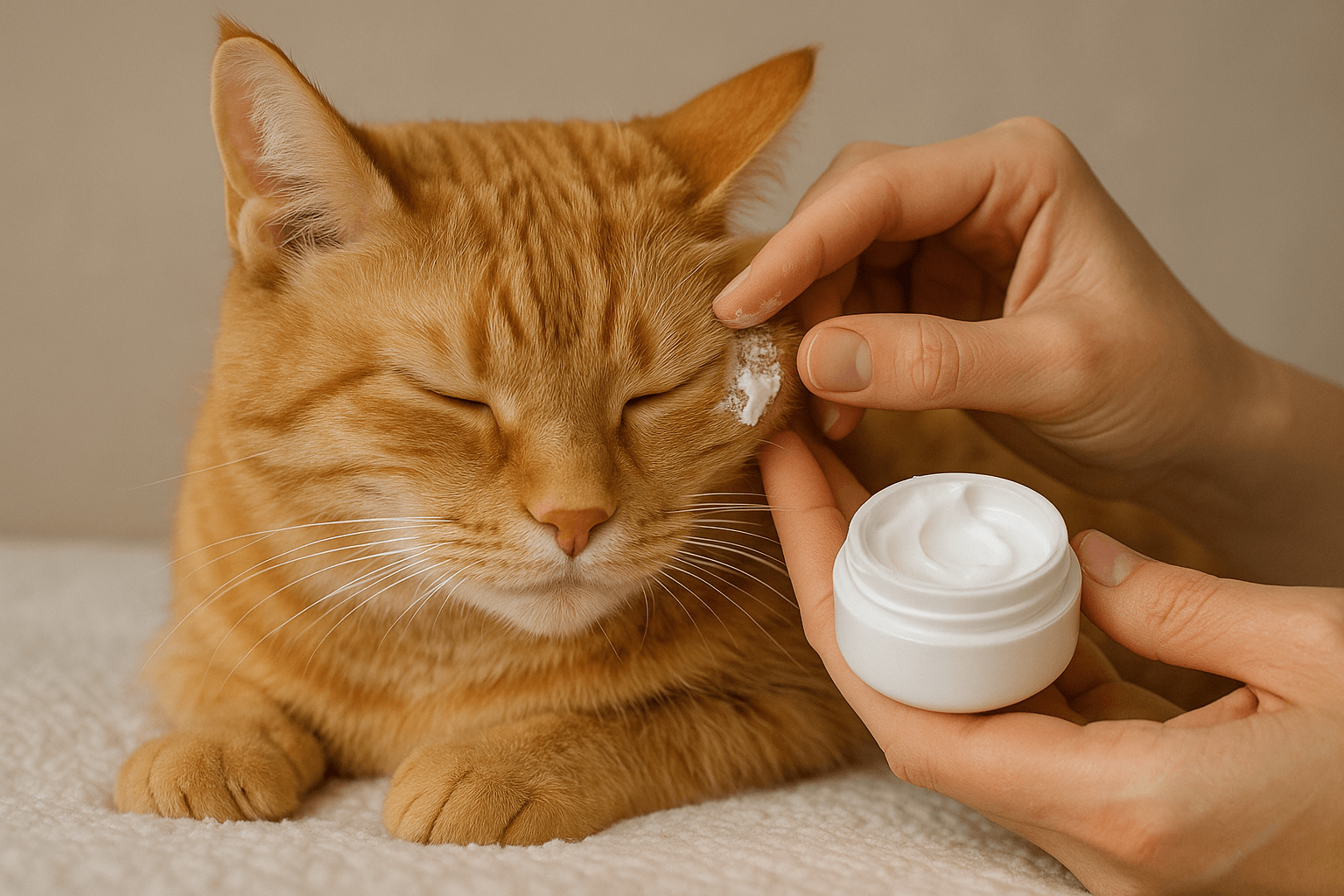What is Dangerously High Blood Sugar for a Cat? Understanding the Risks
High blood sugar, also known as hyperglycemia, can be a serious health concern for cats. While occasional spikes in blood sugar levels may not cause immediate harm, consistently elevated levels can lead to dangerous complications, including diabetes and organ damage. For cat owners, recognizing the signs of dangerously high blood sugar is crucial to ensuring your feline companion receives timely care. In this guide, we’ll explore what constitutes dangerously high blood sugar for a cat, how it affects their health, and what steps you can take to manage or prevent this condition.
Why Does a Cat’s Blood Sugar Become Dangerously High?
Several factors can contribute to dangerously high blood sugar levels in cats. Understanding these causes can help you identify potential risks and take preventive measures.
Diabetes Mellitus :
This is the most common cause of chronic high blood sugar in cats.Stress or Anxiety :
Stressful situations can temporarily elevate blood sugar levels.Poor Diet :
Diets high in carbohydrates can lead to spikes in blood sugar.Obesity :
Excess weight increases insulin resistance, raising blood sugar levels.Medications :
Certain medications, such as corticosteroids, can affect glucose metabolism.
By addressing these underlying causes, you can reduce the risk of dangerously high blood sugar in your cat. Always consult your veterinarian if you suspect an issue.
Signs Your Cat May Have Elevated Blood Sugar Levels
Detecting high blood sugar early can make a significant difference in managing your cat’s health. Keep an eye out for these symptoms, which may indicate dangerously high blood sugar.
Increased Thirst (Polydipsia) :
Cats with high blood sugar often drink more water than usual.Frequent Urination (Polyuria) :
Excessive urination is a common sign of elevated glucose levels.Weight Loss Despite Normal Appetite :
Even if your cat eats well, they may lose weight due to poor glucose utilization.Lethargy or Weakness :
High blood sugar can leave your cat feeling unusually tired or unenergetic.Poor Coat Condition :
A dull or unkempt coat may signal underlying health issues, including high blood sugar.
If you notice any of these symptoms, schedule a vet visit promptly. Early diagnosis and treatment are essential for your cat’s well-being.
Check this guide 👉The Role of Cat Vitamins in Feline Health: Best 7 Tips!
Check this guide 👉Why Is My Cat Not Eating After Vaccination? Best 7 Tips!
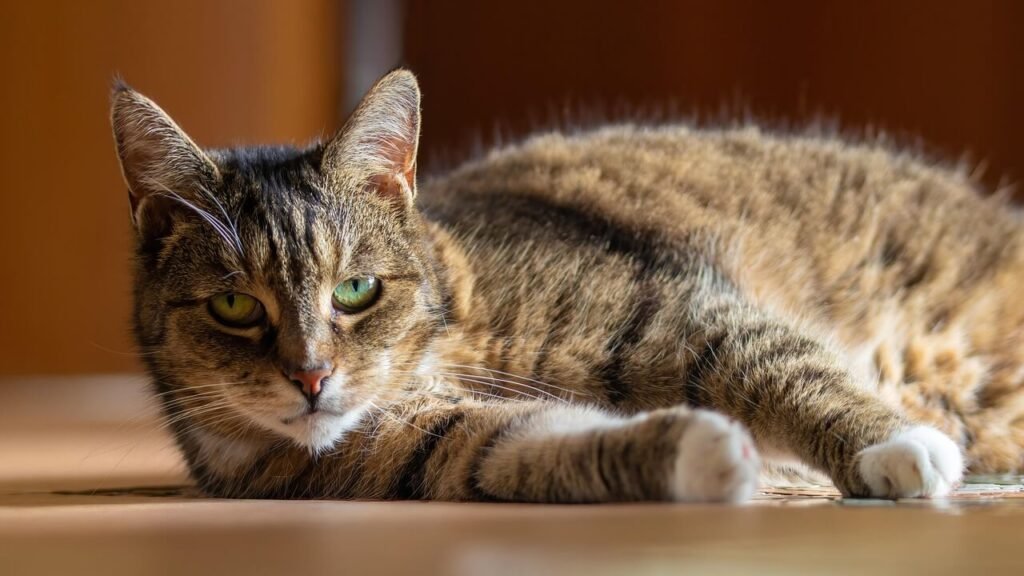
Preventive Measures | Treatment Options |
|---|---|
Feed a low-carb, high-protein diet | Insulin therapy for diabetic cats |
Maintain a healthy weight | Oral medications to regulate glucose |
Minimize stress in the environment | Regular blood sugar monitoring |
Schedule routine vet check-ups | Fluid therapy for dehydration |
Encourage regular exercise | Dietary adjustments as advised by vet |
What Puts Your Cat at Risk for Dangerously High Blood Sugar?
Certain factors can increase the likelihood of your cat developing high blood sugar. Being aware of these risks can help you take proactive measures.
Age :
Older cats are more prone to developing diabetes and high blood sugar.Breed Predisposition :
Some breeds, like Burmese cats, are genetically predisposed to diabetes.Sedentary Lifestyle :
Lack of physical activity can contribute to obesity and insulin resistance.Underlying Health Conditions :
Conditions like pancreatitis or hormonal imbalances can raise blood sugar levels.Dietary Choices :
Feeding your cat a diet high in processed carbs can disrupt glucose regulation.
Understanding these risk factors allows you to tailor your care approach to your cat’s unique needs. Prevention is always better than cure.
How to Support Your Cat’s Health at Home
Once your cat has been diagnosed with high blood sugar, there are several ways you can support their health and well-being from home.
Monitor Blood Sugar Levels :
Use a glucometer to track your cat’s glucose levels as directed by your vet.Provide a Balanced Diet :
Opt for vet-recommended foods that stabilize blood sugar levels.Encourage Playtime :
Engage your cat in daily activities to promote weight management.Administer Medications Properly :
Follow your vet’s instructions for giving insulin or other medications.Watch for Warning Signs :
Stay alert for symptoms of worsening blood sugar levels and report them to your vet.
Consistent care and attention at home can significantly improve your cat’s quality of life. Work closely with your vet for the best outcomes.
What Happens if High Blood Sugar Persists Over Time?
Chronic high blood sugar can lead to serious long-term health issues for your cat. Understanding these potential effects underscores the importance of managing their condition effectively.
Diabetic Neuropathy :
Prolonged high blood sugar can damage nerves, leading to weakness or difficulty walking.Kidney Damage :
Elevated glucose levels may strain the kidneys, increasing the risk of chronic kidney disease.Vision Problems :
High blood sugar can cause cataracts or even blindness in cats over time.Weakened Immune System :
Persistent hyperglycemia weakens the immune response, making infections more likely.Organ Damage :
Vital organs like the liver and heart may suffer from prolonged exposure to high glucose levels.
The long-term effects of high blood sugar highlight the need for consistent monitoring and treatment. Early intervention can prevent these complications and improve your cat’s quality of life.
How Nutrition Plays a Key Role in Managing Blood Sugar Levels
A balanced diet is one of the most effective ways to prevent or manage high blood sugar in cats. Making informed dietary choices can help regulate glucose levels and support overall health.
Low-Carbohydrate Foods :
Feeding your cat a low-carb diet reduces the risk of blood sugar spikes.High-Quality Protein :
Protein-rich foods help stabilize energy levels and maintain muscle mass.Avoid Processed Treats :
Many commercial treats are high in sugar and should be avoided.Portion Control :
Feeding appropriate portion sizes prevents overeating and weight gain.Hydration is Key :
Ensure your cat has access to fresh water to support metabolic health.
By prioritizing nutrition, you can significantly reduce the risk of high blood sugar. Always consult your vet before making major dietary changes.
How High Blood Sugar Can Affect Your Cat’s Mood and Behavior
Cats with high blood sugar may experience emotional and behavioral changes due to discomfort or hormonal imbalances. Recognizing these shifts can help you provide better care and support.
Increased Irritability :
Cats may become more easily agitated or aggressive when they feel unwell.Lethargy and Withdrawal :
High blood sugar often leads to fatigue, causing cats to withdraw from social interactions.Changes in Grooming Habits :
A cat may groom excessively or stop grooming altogether due to discomfort.Vocalization :
Some cats may vocalize more frequently, signaling pain or distress.Reduced Playfulness :
Cats with high blood sugar may lose interest in toys or activities they once enjoyed.
These behavioral changes can be subtle but significant indicators of underlying health issues. Addressing high blood sugar promptly can restore your cat’s emotional well-being and strengthen your bond.
Frequently Asked Questions About High Blood Sugar in Cats
What is considered dangerously high blood sugar for a cat?
Blood sugar levels above 300 mg/dL are typically considered dangerously high and require veterinary attention.
Can high blood sugar be reversed in cats?
With proper treatment, some cats can achieve remission, especially if caught early.
How is high blood sugar diagnosed?
A vet will perform blood tests to measure glucose levels and assess overall health.
Are certain cats more prone to high blood sugar?
Yes, older, overweight, or certain breeds like Burmese cats are at higher risk.
What happens if high blood sugar is left untreated?
Untreated high blood sugar can lead to severe complications, including diabetic ketoacidosis (DKA) or organ failure.
Final Thoughts: Protecting Your Cat from Dangerously High Blood Sugar
High blood sugar is a serious but manageable condition that requires vigilance and care. By understanding the causes, symptoms, and treatment options, you can ensure your cat receives the support they need to thrive. Remember, early intervention is key to preventing complications and maintaining your cat’s quality of life. With love, dedication, and professional guidance, you can help your feline friend live a long, healthy, and happy life—free from the dangers of high blood sugar.
Where to Place a Cat Litter Box? Best 7 Expert Tips! Discover ideal spots, avoid common mistakes, and learn how to keep your cat happy with perfect litter box placement.
Are Philodendrons Toxic to Cats? Best 7 Expert Tips! Discover if philodendrons are safe for cats, symptoms of poisoning, and expert advice to keep your feline friend healthy around houseplants.
Understanding Cat Strabismus: Best 7 Expert Tips! Discover causes, symptoms, and care tips for cats with strabismus. Learn how to support your feline friend’s unique eye condition effectively.
Cat Dry Skin Treatment: Best 7 Expert Tips! Discover effective remedies and expert advice to soothe your cat’s dry skin, restore their coat’s shine, and ensure lasting comfort with simple, actionable solutions.

